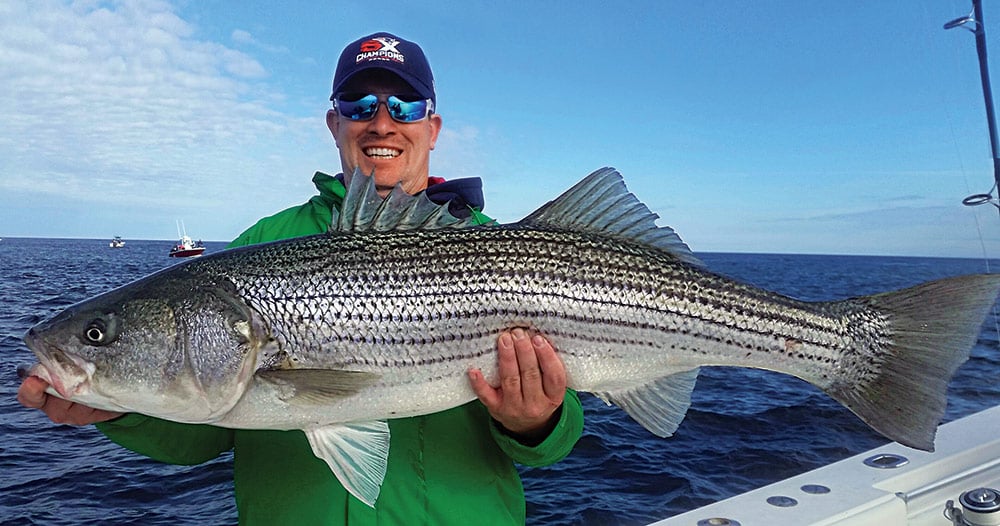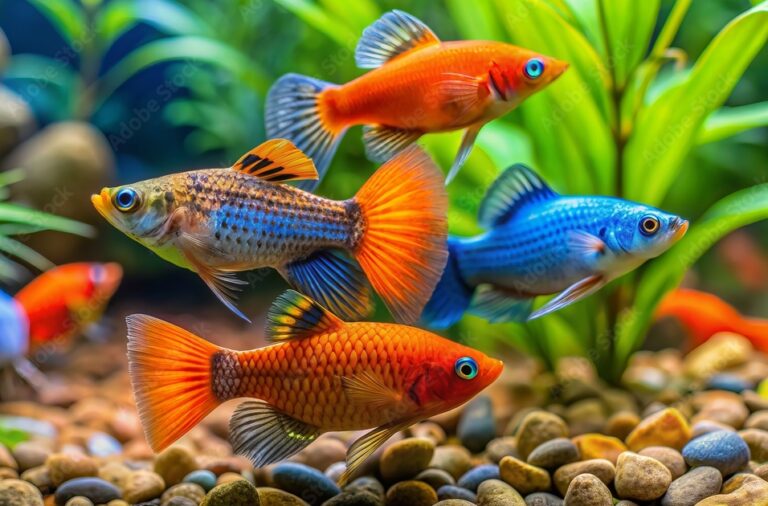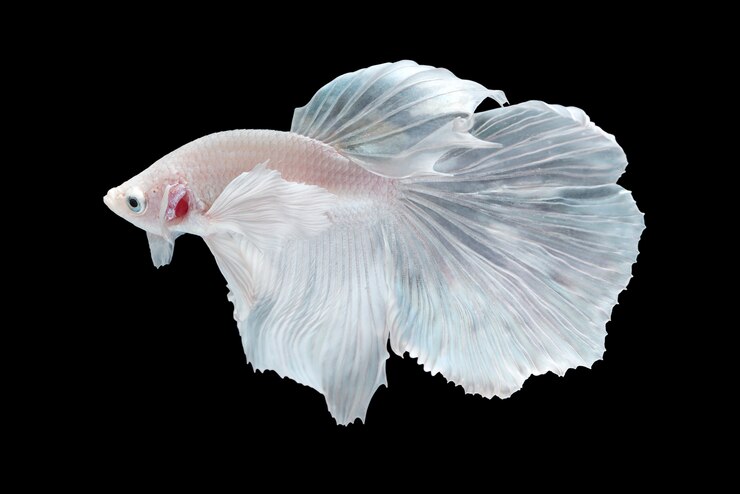The Ultimate Guide to Striper Fishing: Tips and Tricks for Success
Welcome to the ultimate guide for all you angling enthusiasts out there looking to reel in some striped bass! Whether you’re a seasoned pro or just dipping your toes into the world of striper fishing, this comprehensive and informative blog post is here to help you master the art of landing those elusive striped beauties. From understanding the fascinating biology of striped bass to learning expert fishing strategies and gear techniques, we’ve got you covered from head to tail (pun intended). So grab your rod, sharpen your hooks, and get ready for an adventure-filled journey into the exciting world of striper fishing!
Understanding Striped Bass
Striped bass, also known as stripers, are prized game fish popular among anglers for their spirited fight and delicious flesh. These sleek predators boast an elongated body with distinctive dark stripes running along their sides, giving them their iconic appearance. Stripers can live up to 30 years and grow to impressive sizes, with the current world record standing at a whopping 81 pounds!
Distribution-wise, striped bass are found along the Atlantic coast of North America from Canada to Florida, as well as in inland freshwater rivers and lakes. They thrive in a variety of environments, from deep offshore waters to shallow estuaries and brackish tidal rivers.
The life cycle of striped bass is fascinating; they typically spawn in freshwater rivers before migrating back out to sea. Additionally, hybrid striped bass—a cross between striped bass and white bass—are stocked in many water bodies across the United States for recreational fishing purposes.
Morphology and Lifespan
Striped bass, also known as stripers, are characterized by their sleek, elongated bodies covered in distinctive dark stripes running along their sides. These markings give them a unique appearance that sets them apart from other fish species found in freshwater and saltwater environments. With large mouths equipped with sharp teeth, stripers are formidable predators capable of hunting down their prey with precision.
In terms of lifespan, striped bass have the potential to live for over 30 years under optimal conditions. However, factors such as habitat quality, food availability, and fishing pressure can influence their longevity in the wild. By understanding the morphology and lifespan of these resilient fish, anglers can gain insights into how to effectively target them while also promoting conservation efforts to ensure sustainable striper populations for future generations to enjoy.
Distribution and Environmental Factors
Striped bass, also known as stripers, are a highly sought-after species by anglers due to their impressive size and fighting spirit. Understanding the distribution of striped bass is crucial for successful fishing trips. These fish can be found along the Atlantic coast from Maine to Florida, with significant populations in major river systems like the Chesapeake Bay and Hudson River.
Environmental factors play a key role in determining where stripers congregate. Water temperature, salinity levels, and food availability all influence their movements and behavior. During the warmer months, stripers tend to migrate northwards towards cooler waters, while in winter they head south seeking warmer temperatures.
In addition to natural factors, human impacts such as pollution and overfishing can affect striper populations. Conservation efforts are vital to ensure the sustainability of this prized gamefish for future generations of anglers. By understanding the distribution patterns and environmental influences on striped bass, fishermen can increase their chances of landing these elusive predators on their next fishing expedition.
Life Cycle and Hybrids
Striped bass have a fascinating life cycle that starts with their spawning in freshwater rivers and estuaries during the spring. The adult stripers migrate to these areas to reproduce, with females releasing thousands of eggs into the water. Once hatched, the young striped bass feed on plankton and small fish before moving out into open waters as they grow.
Hybrid striped bass are a crossbreed between striped bass and white bass, resulting in a hardy fish with desirable characteristics for anglers. These hybrids exhibit traits from both parent species, such as fast growth rates and aggressive feeding behaviors. They can thrive in various environments, making them popular targets for fishing enthusiasts looking for an exciting challenge.
Understanding the life cycle of striped bass and hybrids is crucial for successful fishing expeditions. By knowing where to find them at different stages of their development, anglers can increase their chances of landing a prized catch.
Fishing Strategies for Striped Bass
River-Run Stripers are known for their impressive stamina and aggressive feeding habits. When targeting these fish, consider focusing on areas with strong currents where they often congregate to feed. Using live bait or lures that mimic the natural prey in the area can increase your chances of a successful catch.
On the other hand, Deepwater Stripers tend to be more elusive and require a different approach. Look for drop-offs, submerged structures, or underwater channels where striped bass may seek shelter or food. Vertical jigging or trolling deep-diving plugs can be effective techniques for enticing these deep-dwelling fish to bite.
To truly Think Like a Striper, it’s essential to understand their behavior patterns and preferences. Pay attention to factors like water temperature, current flow, and available food sources when developing your fishing strategy. By adapting your tactics to match the conditions at hand, you’ll significantly improve your chances of landing that prized striper catch.
River-Run Stripers
When it comes to targeting river-run stripers, understanding their behavior is key. These fish migrate up rivers for spawning, making them more accessible to anglers looking for a challenge. In the spring and fall, these striped bass can be found in freshwater tributaries where they are actively feeding before or after spawning.
River-run stripers tend to hold in deeper pools and eddies within the river system. Look for structure such as rocks, fallen trees, or changes in current that offer them protection and ambush points. Using techniques like drift fishing with live bait or casting lures near these structures can increase your chances of hooking into a big one.
During periods of high water flow, stripers may move closer to shore seeking calmer waters. Target areas with slack water behind obstacles like boulders or submerged logs where they can conserve energy while still being able to feed on passing prey items.
By adapting your tactics based on seasonal patterns and understanding the behavior of river-run stripers, you can improve your success rate when pursuing these elusive fish in freshwater environments.
Deepwater Stripers
Deepwater stripers are a challenge for even the most experienced anglers. These fish prefer deeper, cooler waters and can be found in reservoirs, lakes, and offshore ocean locations. To target deepwater stripers successfully, you’ll need to adjust your fishing techniques.
Using downriggers or planer boards can help get your lures to the right depth where these elusive fish lurk. Trolling with umbrella rigs or large swimbaits is effective in enticing deepwater stripers to strike. Pay attention to water temperature and structure when searching for these fish – they often hang out near underwater ledges or drop-offs.
Patience is key when fishing for deepwater stripers; it may take time to locate their feeding grounds. Once you’ve dialed in on their location and habits, the thrill of hooking into a big striper from the depths will make all your efforts worthwhile.
Think Like a Striper
To be successful at striper fishing, it’s essential to think like the striped bass themselves. These fish are opportunistic feeders, often seeking out areas with abundant baitfish and suitable water conditions. Understanding their behavior patterns can help you anticipate where they might be located.
Striped bass are known for their predatory nature, so consider factors such as tide movements, water temperature, and underwater structure when planning your fishing trip. Pay attention to wind patterns as well since stripers tend to follow the direction of prevailing winds in search of food.
When targeting stripers, adapt your techniques based on the time of day and season. Early mornings or late evenings are prime feeding times for these fish. Experiment with different lures and baits to mimic the natural prey items that stripers typically consume.
By thinking like a striper and adjusting your approach accordingly, you’ll increase your chances of landing a prized catch on your next fishing excursion.
Gear and Techniques
When it comes to striper fishing, having the right gear and techniques can make all the difference in your success on the water.
First off, choosing the right lures for different environments is crucial. For river-run stripers, consider using topwater lures or jigs that mimic shad or herring. In deep waters, heavy jigs or swimbaits are effective for enticing those elusive big stripers lurking below.
Additionally, adapting your strategies based on where you’re fishing can greatly impact your catch rate. In rivers with strong currents, opt for heavier tackle to handle the flow and reach deeper spots where stripers like to hide. When fishing in open water or along shorelines, focus on casting near structure like rocks or drop-offs where stripers often feed.
Experimenting with different techniques such as trolling, jigging, or live bait fishing can help you find what works best in various conditions. Don’t be afraid to switch things up if one method isn’t producing results – versatility is key when chasing these prized game fish!
Lures for Different Environments
When it comes to striper fishing, choosing the right lure for different environments can make all the difference in your success. In shallow waters or along rocky shorelines, opt for topwater lures like poppers or surface swimmers to mimic injured baitfish and trigger aggressive strikes. These lures create commotion on the water’s surface, attracting hungry stripers looking for an easy meal.
In deeper waters or strong currents, consider using heavy jigs or swimbaits that can dive down quickly and maintain their depth during retrieval. The added weight helps these lures reach the desired depth where stripers are feeding. Additionally, soft plastic baits like paddle tails or shad imitations work well in various depths and provide a realistic presentation that entices bites from wary striped bass.
Experiment with different colors and sizes to match the local baitfish species and conditions of each environment you’re fishing in. Remember that versatility is key when selecting lures for striped bass – having a variety of options available will allow you to adapt to changing conditions and maximize your chances of hooking into a trophy-sized striper.
Strategies for Different Locations
When it comes to striper fishing, adapting your strategies based on the location you’re in can make a world of difference. In coastal areas, look for structure like rocks or jetties where stripers like to hang out. Casting near these spots with lures that mimic their natural prey can yield great results.
If you’re fishing in rivers or estuaries, pay attention to the tide. Stripers often follow the moving water and feed more actively during changing tides. Targeting these areas during tidal shifts can increase your chances of landing a catch.
In open water environments like reservoirs or lakes, consider using sonar technology to locate schools of baitfish which stripers are likely feeding on. Trolling with deep diving lures at varying speeds can help cover more ground and attract strikes from hungry bass.
Remember, every location presents its own challenges and opportunities when targeting striped bass. By adjusting your techniques accordingly, you’ll be better equipped to reel in those elusive stripers no matter where you fish!
Conclusion
As you venture out to catch striped bass, remember that success in striper fishing comes with understanding the fish’s behavior and habitat. By familiarizing yourself with their morphology, life cycle, preferred environments, and feeding habits, you can significantly increase your chances of landing a big one.
Whether you’re targeting river-run stripers or deepwater giants, thinking like a striper is key to honing your fishing strategies. Equip yourself with the right gear and techniques tailored to different locations and environments where stripers thrive.
So grab your rod, stock up on lures suited for various conditions, and head out to conquer the waters where striped bass roam. With these tips and tricks at your disposal, you’ll be well-equipped to reel in some impressive catches on your next striper fishing adventure!







